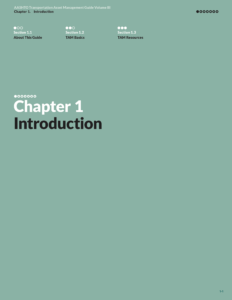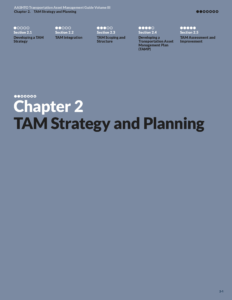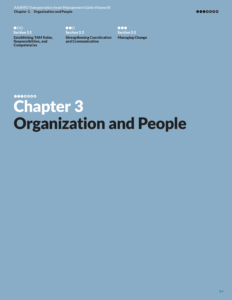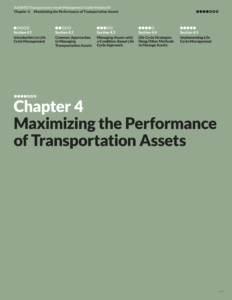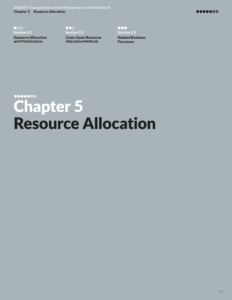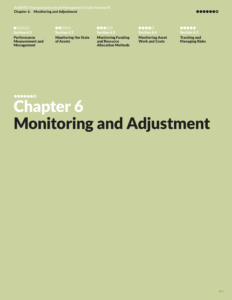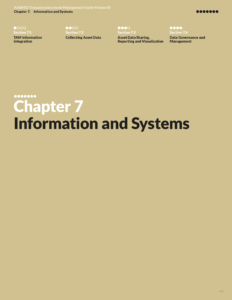Welcome to the AASHTO Transportation Asset Management Guide. Whether you are new to asset management, a seasoned practitioner, or an executive, this Guide will help to further your understanding of asset management techniques and advance asset management practices at your agency.

What is Transportation Asset Management?
As defined by the American Association of State Highway Transportation Officials (AASHTO), transportation asset management (or TAM) is a “strategic and systematic process of operating, maintaining, upgrading, and expanding physical assets effectively throughout their life cycle. It focuses on business and engineering practices for resource allocation and utilization, with the objective of better decision making based upon quality information and well defined objectives.”
Some of the benefits of TAM include:






TAM is a way of conducting a transportation agency’s business to deliver more value in its activities so that the transportation system performs best with the available resources. Most agencies have elements of TAM principles in their existing practice. This guide can help with formalizing TAM practice, identifying areas for improvement, and understanding how to improve.
The AASHTO TAM Guide is organized around the TAM Guide Framework. The framework is tailored for use by U.S. transportation agencies and incorporates critical areas deemed important to the daily application and advancement of TAM practice. The framework groups the components of asset management into six basic areas. Two of these areas detail factors that enable an improved asset management approach, and the remaining four areas address the processes entailed in asset management. Click on the image below to read the relevant section of the Guide.
AASHTO TAM Guide Framework
What’s in the Guide?
The guide also collects practice examples, checklists, and how-to guides to help contextualize and facilitate TAM improvements.
The core elements illustrated in the TAM Guide Framework are further detailed in corresponding chapters of the Guide. A basic feature of TAM is that it is interdisciplinary, and thus overlaps with a number of other areas, including but not limited to maintenance, project selection and budgeting, performance management, information technology, and risk. To the extent that other resources are available for addressing certain aspects of TAM, the text notes these overlaps and recommends other relevant resources.
Who is the Guide For?
The guide has features designed to support practitioners who are…
New
to TAM
The guide features information curated specifically for those new to TAM – whether new to a transportation agency, recently transferred to the asset management division, or students beginning research in TAM.
Building
Knowledge
Asset management practitioners may be interested in learning more about a specific TAM topic. For example, a practitioner might be interested resource allocation as their agency begins to discuss different ways to allocate funding among assets.
Strengthening
Practices
An asset management practitioner may also be interested in strengthening a specific aspect of their TAM program. For example, a practitioner may want to strengthen their agency’s data governance and management practices related to TAM.
Learning
from Peers
An asset management practitioner or an executive may be interested in learning about best practices or understanding how different states implemented new processes.
